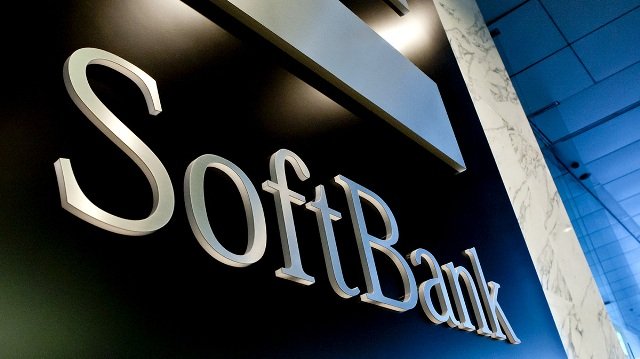SoftBank has unveiled a comprehensive strategy to drive the development of 6G by focusing on advanced network infrastructure, including high-altitude platforms, AI integration, and international collaborations.

SoftBank is strengthening its global partnerships with telecom network makers such as Ericsson, Nokia, among others, to advance 6G technology.
Nokia
SoftBank has initiated Japan’s first outdoor field trial using the 7GHz band in partnership with Nokia, marking a significant step toward commercializing 6G. Conducted in Tokyo’s Ginza district starting June 2025, the trial uses three pre-commercial base stations equipped with Massive MIMO technology to assess whether the 7GHz centimeter-wave frequency can offer 6G area coverage comparable to 5G in dense urban settings.
The 7GHz band, covering 7,125 to 8,400 MHz, is being considered globally for 6G and is set for discussion at the 2027 World Radiocommunication Conference. With nearly 2GHz of potential contiguous bandwidth and propagation characteristics similar to existing Sub-6 frequencies, this band is seen as a strong candidate for future networks that must handle growing data demand and signal penetration issues in crowded city environments. The trial involves direct comparison between 7GHz and existing 5G Sub-6 (3.9GHz) stations, with future evaluations planned for both indoor and outdoor scenarios to support 6G R&D.
Ericsson
In March, SoftBank signed an agreement with Ericsson to explore network technologies such as AI-powered RAN, Cloud-RAN, extended reality (XR), and sensing capabilities. The collaboration will help develop new use cases and architectures using mid- and high-band spectrum to lay the groundwork for 6G by 2030.
HAPS services
SoftBank plans to launch pre-commercial High Altitude Platform Station (HAPS) services in Japan by 2026, aiming to provide connectivity from the stratosphere to remote and underserved areas. This move is part of a vision to build a resilient and three-dimensional communication network architecture to support the demands of future technologies such as drones, autonomous systems, and emergency communications.
To accelerate its HAPS deployment, SoftBank has invested in U.S.-based Sceye, securing exclusive rights to deploy Sceye’s lighter-than-air HAPS platforms in Japan. These platforms have already undergone more than 20 test flights, demonstrating their technical feasibility. This effort enhances SoftBank’s ongoing work in Non-Terrestrial Networks (NTN), which began with heavier-than-air platforms and now includes lighter-than-air systems for extended coverage and network redundancy.
AI
Artificial intelligence plays a central role in SoftBank’s 6G roadmap. The company has developed a converged platform called AITRAS that integrates AI with virtualized radio access networks (vRAN), built on NVIDIA hardware. It has also created a foundational Large Telecom Model (LTM), a telecom-specific generative AI model trained to support network operations, planning, and optimization. The model has shown high performance, achieving over 90 percent accuracy in configuring base stations, and is designed to work in concert with both internal and partner systems.
SoftBank’s 6G strategy includes research in terahertz communication, edge computing, digital twin technology, network slicing, and quantum-safe cybersecurity.
Baburajan Kizhakedath
